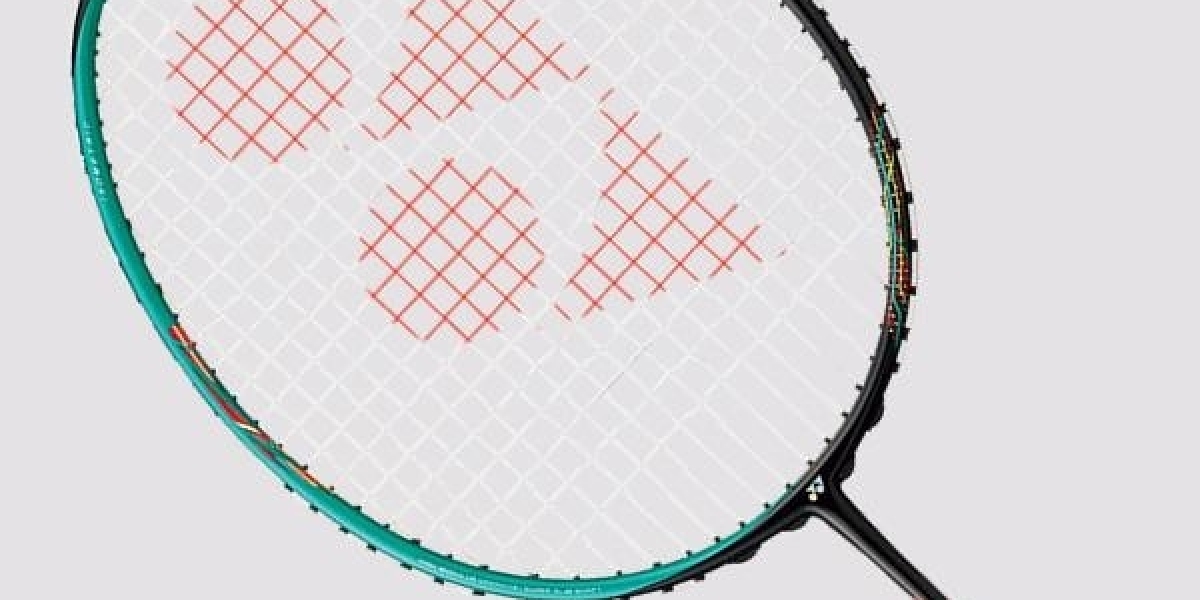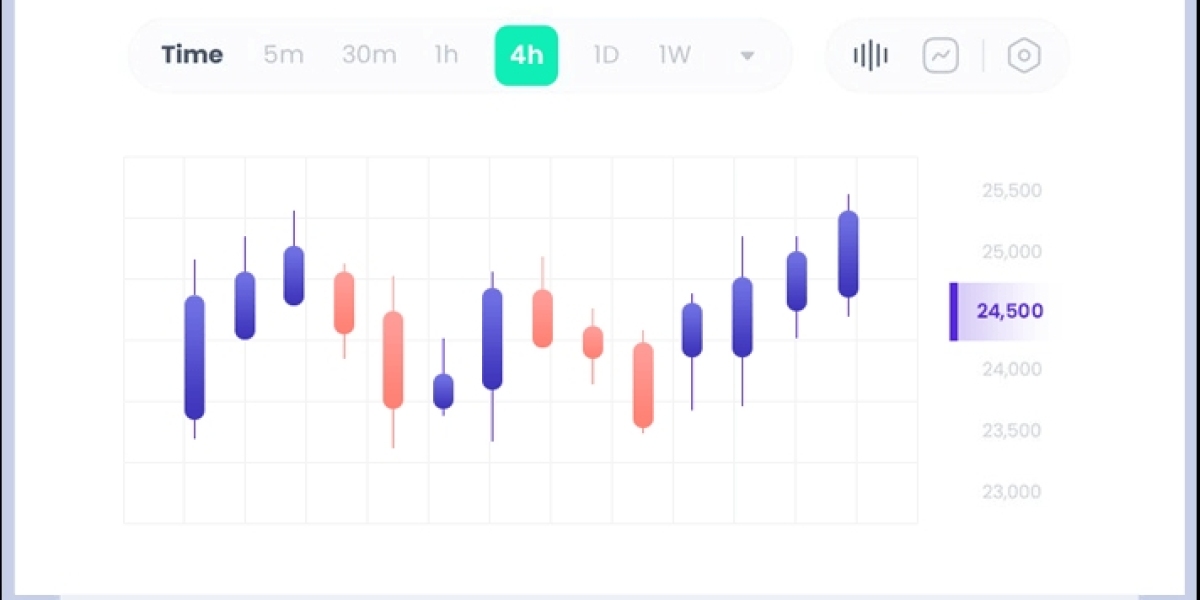Tennis is a dynamic sport that demands precision, power, and control. One of the most crucial elements in your game is selecting the perfect tennis racket. With a multitude of options available, finding the ideal racket can be a daunting task. However, fret not! In this comprehensive guide, we will walk you through the essential factors to consider when choosing the perfect racket to elevate your game. Whether you are a beginner looking to pick up your first racket or an experienced player seeking an upgrade, this guide has got you covered.
Understanding Your Skill Level
Before delving into the technical aspects of racket selection, it's vital to assess your skill level. Your experience and playing style will significantly influence the type of racket that suits you best.
Beginners
If you are new to tennis, opt for a racket that is lightweight, oversized, and has a larger sweet spot. These characteristics provide more forgiveness and help in developing your technique.
Intermediate Players
Intermediate players should look for rackets with moderate weight and head size. This allows for a balance between control and power, enabling you to fine-tune your skills.
Advanced Players
Advanced players generally prefer heavier rackets with smaller head sizes. These rackets provide superior control and allow experienced players to generate their own power.
Analyzing Your Playing Style
Your playing style is another critical factor that should influence your racket choice. Consider whether you are more of a baseline player, a serve-and-volley specialist, or an all-court player.
Baseline Player
If you prefer staying at the baseline and rallying, a racket with a larger head size and open string pattern can provide more power and spin for your groundstrokes.
Serve-and-Volley Player
Serve-and-volley players benefit from rackets with a smaller head size and a more even balance. These rackets allow for precise volleys and control at the net.
All-Court Player
If your game is versatile, consider a racket with moderate specifications, striking a balance between power and control. This will adapt well to various playing styles.
The Importance of Racket Weight
Racket weight plays a pivotal role in your performance on the court. It affects your swing speed, power, and maneuverability.
Lightweight Rackets
These rackets are easier to swing, making them suitable for beginners and players with a slower swing speed. They offer more maneuverability but may lack power.
Medium-Weight Rackets
Intermediate players often prefer medium-weight rackets as they offer a good balance of power and control. They require more effort to swing but provide better stability.
Heavyweight Rackets
Advanced players can benefit from heavier rackets, which offer exceptional control and stability. However, these rackets demand a faster swing speed to generate power.
Grasping the String Pattern
The string pattern of a racket influences your ability to put spin on the ball and control your shots.
Open String Pattern
Rackets with open string patterns provide more spin potential but may sacrifice a bit of control. These are favored by players who rely on heavy topspin shots.
Closed String Pattern
A closed string pattern offers more control but generates less spin. It suits players who prioritize precision and placement over spin.
Balancing Act
The balance of a tennis racket can be categorized as head-heavy, head-light, or evenly balanced.
Head-Heavy Rackets
These rackets have more weight toward the head, offering additional power on groundstrokes. They can be challenging to maneuver at the net.
Head-Light Rackets
Head-light rackets have more weight toward the handle, making them ideal for net play and quick volleys. They provide better maneuverability.
Evenly Balanced Rackets
These rackets strike a balance between power and control and are suitable for players with an all-court game.
Handle Size and Grip
The size of the racket's handle or grip is a personal preference but should be comfortable and provide a secure grip.
Handle Size
Choose a grip size that feels comfortable in your hand, ensuring you have control over the racket during play. A comfortable grip can help prevent injuries.
Demo and Test Rackets
Before making a final decision, it's advisable to demo and test various rackets. Many tennis shops offer this service, allowing you to play with different rackets and find the one that feels just right.
Conclusion
Selecting the perfect tennis racket is a crucial step in enhancing your performance on the court. By considering your skill level, playing style, racket weight, string pattern, balance, and grip size, you can make an informed choice that aligns with your preferences and maximizes your potential. Remember that the perfect racket for you may not be the same as that of your peers, so take your time in the selection process, and enjoy the journey of finding the racket that will help you reach your tennis goals.









